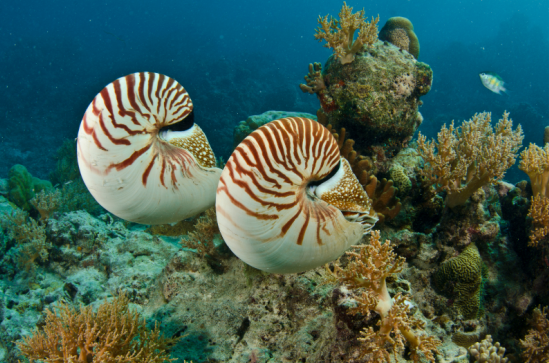Ecocentricity Blog: Who's Your Favorite Chemist?
By: John A. Lanier

Ecocentricity Blog: Who's Your Favorite Chemist?
10,000 points to anyone who knows who Antoine Lavoisier is. Anyone? Bueller?
There are several correct answers here. One is “an 18th century French chemist.” He also discovered the Law of the Conservation of Mass and has been called the Father of Modern Chemistry. “Guillotine victim” is another apt description, as he was an influential aristocrat during the French Revolution. Fun fact – you did not want to be an influential aristocrat during the French Revolution.
For my purposes, I want to spotlight Lavoisier as the person who named the element oxygen. Humans have known for a long time that something in the air was necessary for life. I’m pretty sure even cavepeople figured that out. Inquisitive minds dating back to the second century BCE realized that air was also an important component of fire. By the time the 18th century rolled around, scientists had turned their attention in earnest to combustion as a phenomenon.
Through a series of combustion experiments, Lavoisier determined that air consisted primarily of two gases. One was commonly known as “vital air” and was essential to breathing and fire, while the other he called azote from the Greek for “lifeless,” because it did not support either. Azote was later called nitrogen in English. As for “vital air,” Lavoisier called it oxygène from the Greek for “acid” and “producer,” because he mistakenly believed that oxygen was the base element of acids (it’s actually hydrogen – eh, you win some, you lose some). The name stuck, and we will always have Lavoisier to thank for naming this element that is so vital to life on earth.
I share this story to give you a sense of how long humans have been practicing chemistry. While many technological breakthroughs in chemistry are quite recent (like the 1965 invention of Kevlar, which is commonly used to make bulletproof vests capable of stopping bullets), it’s a scientific field with a lengthy history of genuine scientific inquiry. In short, humans have been practicing chemistry for a long time.
But you know what’s been doing it longer? Nature – and it’s not close. While nature’s practice of chemistry is based in evolution rather than the scientific method, today’s natural world still reveals to us the end result of billions of years of chemical experimentation. And for my two cents, nature is a much better chemist than humans are.
Where we often use toxic substances in our chemistry, the natural world’s chemistry is overwhelmingly benign. Where we use heat and strong forces to create chemical bonds, nature self-assembles at ambient temperatures. Where many human chemical feedstocks rely on global mining supply chains, nature has figured out how to use whatever it has right where it is. The last time I checked, mollusks don’t make a trip to the department store for the adhesives they use to stick to rocks.
I’m far from the first person to realize that nature is a better chemist. An entire discipline has sprung up from that observation, and it’s called Green Chemistry. If you’re interested in learning more, here is a site by the EPA all about it. You should also check out the work of the Warner Babcock Institute for Green Chemistry. It’s essentially a sister-discipline to that of biomimicry, as both have the same key ethos – that nature is the best teacher.
This blog is available weekly via email subscription. Click here to subscribe.
RELATED BLOGS:
Ecocentricity Blog: Poetry for the Planet
Ecocentricity Blog: A Forgotten Relationship
CONTACT:
Valerie Bennett
+1 (770) 317-5858
valerie@raycandersonfoundation.org
Ray C. Anderson Foundation
http://www.raycandersonfoundation.org
Facebook: https://www.facebook.com/RayCAndersonFoundation
LinkedIn: https://www.linkedin.com/company/ray-c.-anderson-foundation
Twitter: @RaysLegacy
Instagram: @rcafoundation

